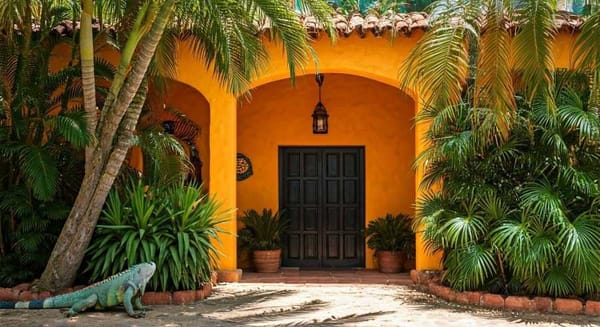The Diverse Ways of Cooking Mushrooms in Mexican Cuisine
Discover the importance of mushrooms in Mexican gastronomy and culture. Learn about the visionary poet José Juan Tablada's insights and debunk traditional methods of identifying poisonous mushrooms.

Mushrooms have been an integral part of Mexican gastronomy since pre-Columbian times. These fungi have played a significant role in Mexican culture, not only for food but also for religious purposes. The deity Nanacatzin, known as the Lord of Mushrooms, represented this importance.
Collectors of wild mushrooms in Mexico identify them by the places where they grow and their shapes and colors. They come in various colors such as black, white, yellow, red, orange, and mixed colors.
Edible Mexican Mushrooms
José Juan Tablada was a visionary of Mexican edible mushrooms who left a literary legacy for future generations. He not only described the various types of mushrooms but also painted them beautifully. Tablada provided the most complete vision of Mexican edible mushrooms, including recipes.
He describes mushrooms as being a flower, a fruit, and an animal all at once. Tablada highlights that mushrooms are unique as they can extract their food from the air and the earth. They are not vegetables because they lack chlorophyll and cannot process carbohydrates on their own.
Identifying Poisonous Mushrooms
Tablada emphasizes not trusting traditional methods for identifying poisonous mushrooms. Some methods, such as using silver spoons or coins or observing garlic and onions, are not entirely accurate. For example, a silver spoon or coin will not blacken if the mushrooms are young and tender, whether they are poisonous or not. Similarly, garlic and onions may not blacken if they are completely covered in oil.
It is a common myth that insects and lemons do not eat poisonous mushrooms. However, studies have shown that insects and bugs consume the deadly Amanita phalloides species with impunity.
Mushrooms in the Toluca Valley
Despite the risks, many Mexicans enjoy eating mushrooms, and the Toluca Valley is known to have some of the most edible varieties. Mexican cuisine offers diverse ways of cooking mushrooms, such as in soups, stews, tacos, and quesadillas.
In conclusion, mushrooms are a vital component of Mexican gastronomy and culture. The country has a great diversity of edible mushrooms, and Mexicans enjoy consuming them in various ways. Although traditional methods of identifying poisonous mushrooms are not always accurate, it is still possible to enjoy these fungi safely by learning from experts and reliable sources.
In-Text Citation: Rosita Sánchez, Estado de México. Conversación En La Cocina, Gastronomía Mexiquense. 1st ed., Mexico, Estado de México, 2006.




